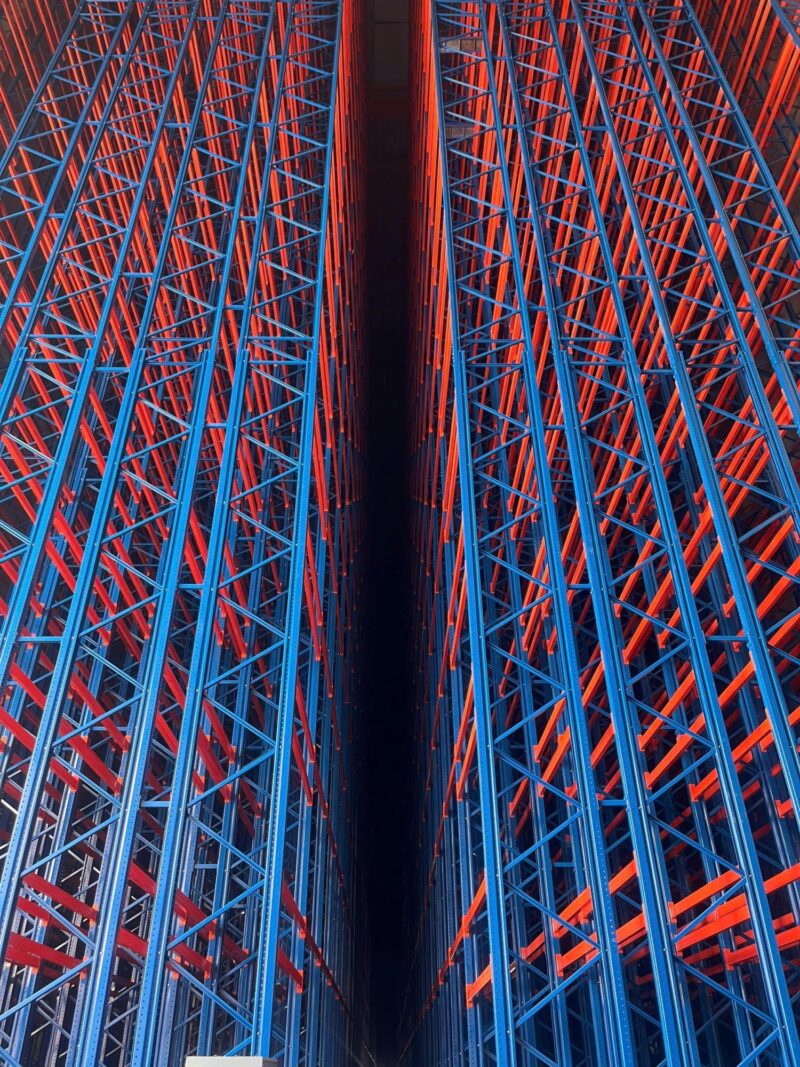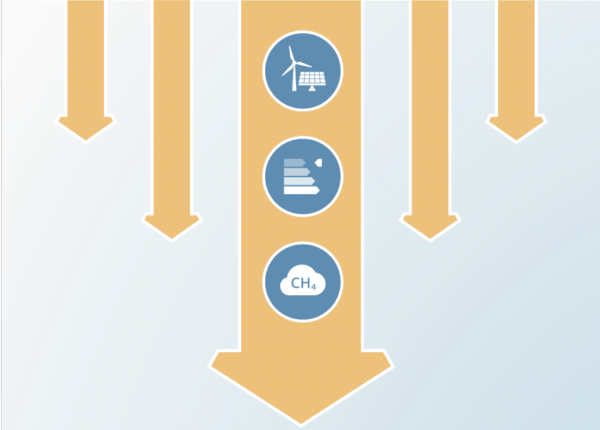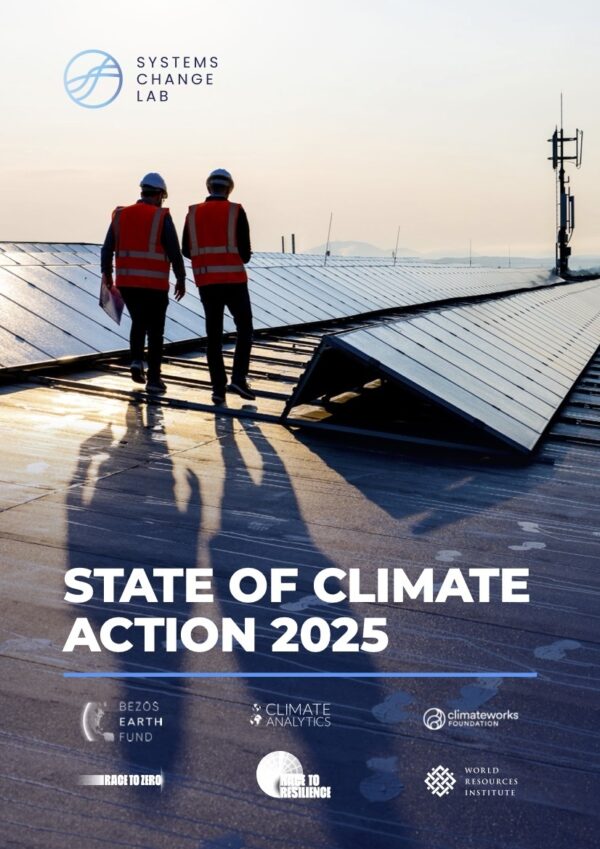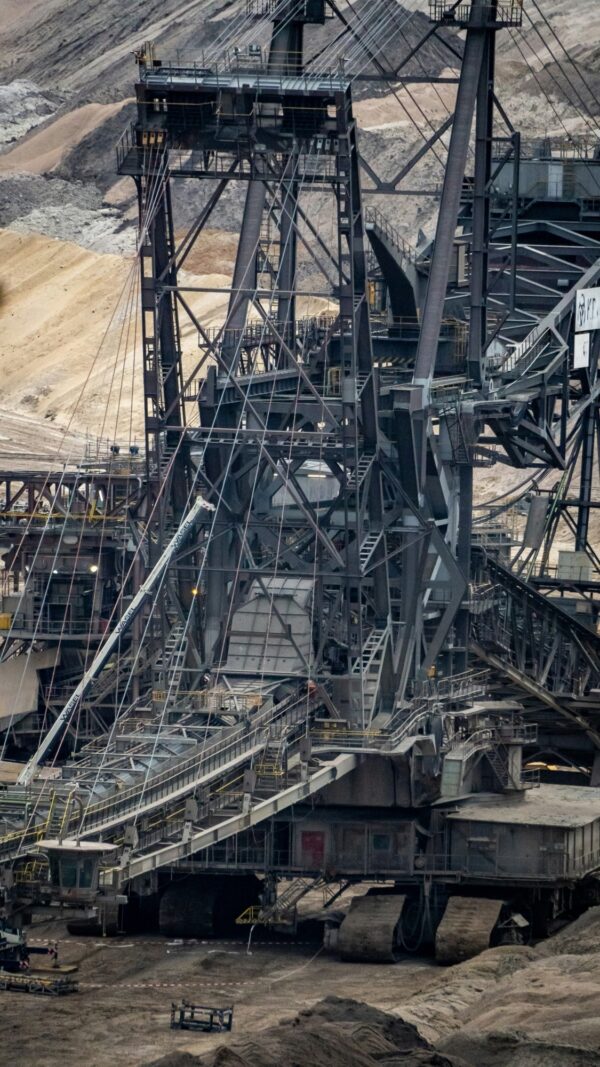Hard to abate: a justification for delay?
Authors
Share

Industry members – and their government supporters – often describe their sector as hard-to-abate to argue against having to reduce emissions quickly, or to justify continued faith in carbon capture utilisation/storage (CCUS) breakthroughs, or using offsets to meet climate goals.
The iron and steel and cement sectors provide valuable case studies of how the ‘hard-to-abate’ label has shaped both policy and industrial actions, in ways that risk undermining the urgency and effectiveness of global climate mitigation efforts.
While the technical and process-related challenges in these sectors are non-trivial, the evidence presented in this report demonstrates that their decarbonisation is not only possible but highly achievable with existing and emerging technologies – especially when guided by integrated, whole-of-system approaches and supported by robust policy frameworks.
We find that while there is no single pathway to decarbonising the iron and steel and cement sectors, the continued framing of these sectors as inherently hard to abate is both scientifically inaccurate and politically counterproductive. The evidence is clear: many of the most impactful abatement measures are available today, and their deployment is limited primarily by policy, investment, and institutional inertia.
Industry members often use the hard-to-abate label to justify overreliance on offsets and CCUS technologies to counterbalance or abate purportedly unavoidable emissions. As this study shows, there are substantial opportunities to reduce emissions relatively quickly in both the iron and steel, and cement sectors, minimising the need for CCUS and, over time, resulting in low residual emissions.











